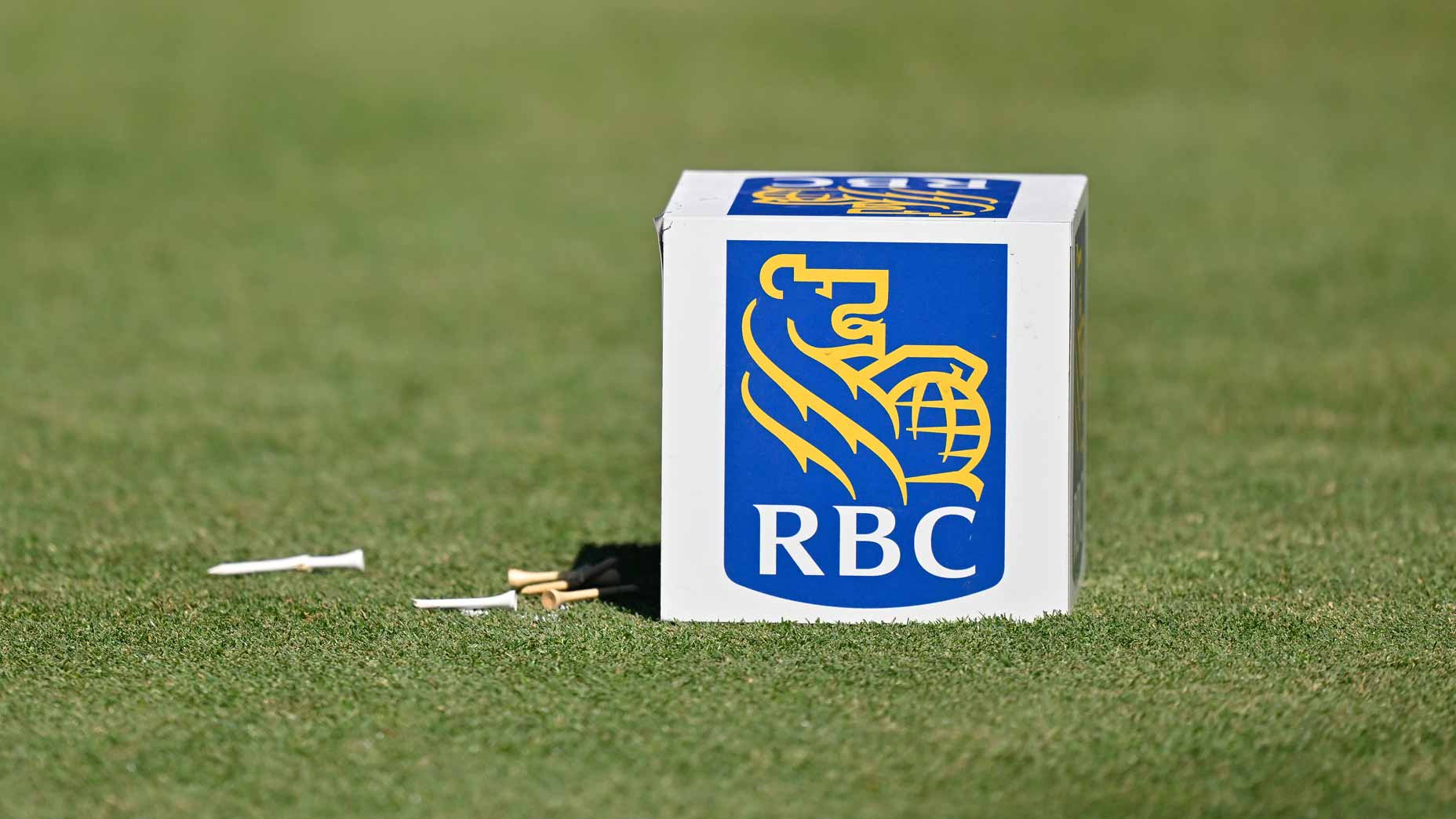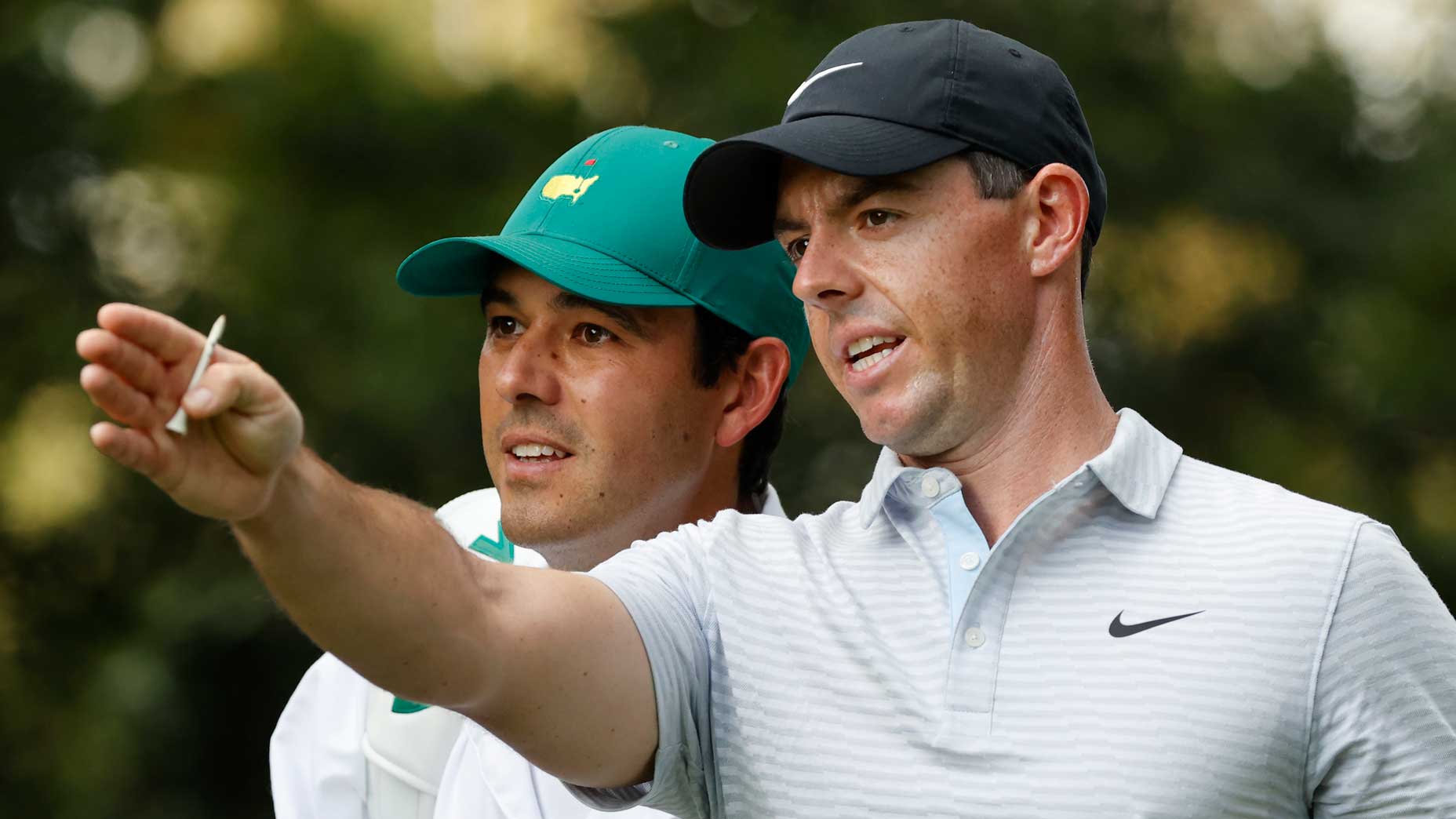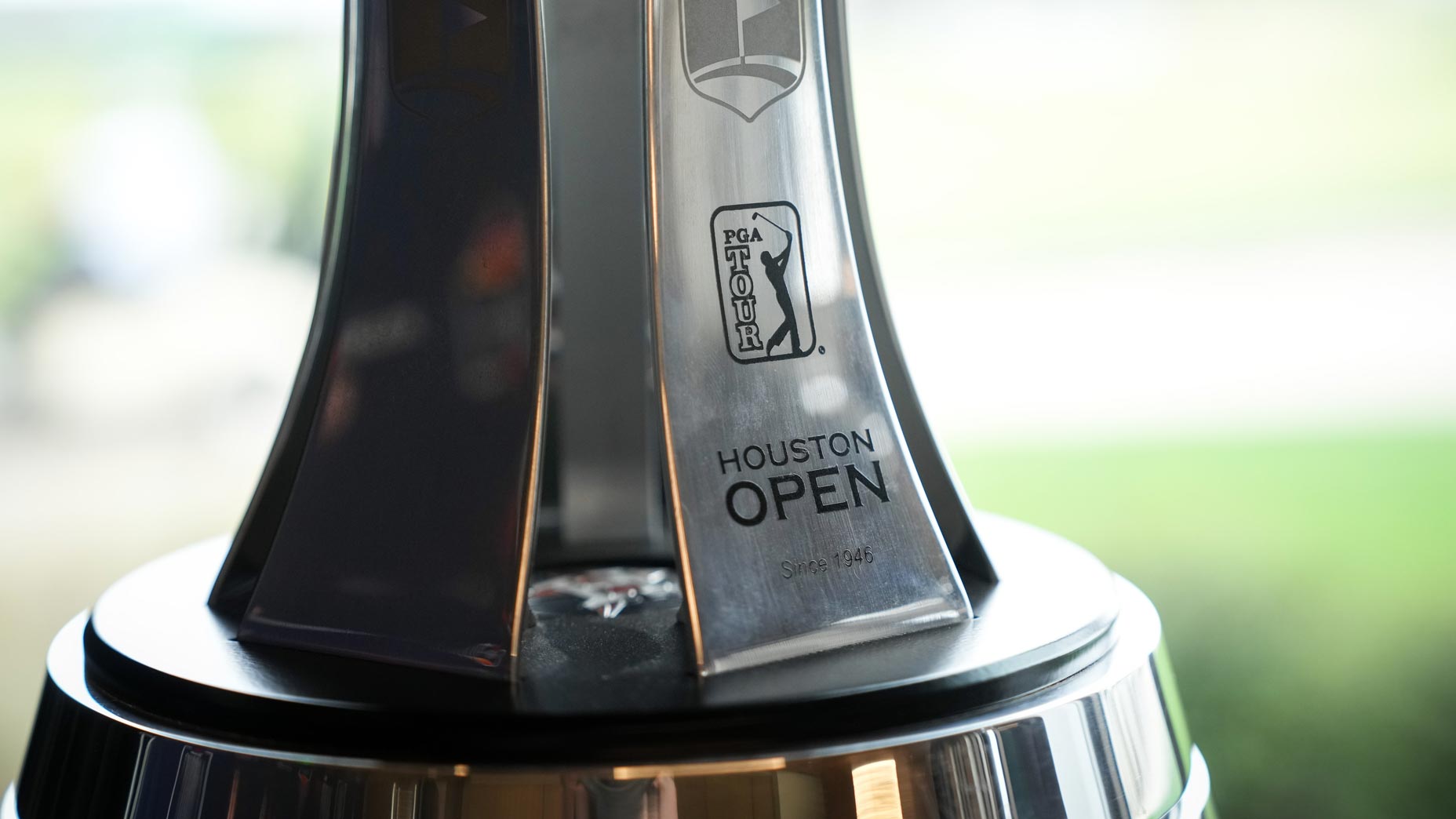SOUTHAMPTON, N.Y. — And now golf has a new term, newer than strokes gained scrambling, newer than feels, newer than AimPoint putting. It’s backstopping. Jason Day was asked to define the term in his Tuesday press conference here at the U.S. Open at Shinnecock Hills.
“Backstopping is when you and your playing partner are off the green and you chip up and don’t mark your ball and he chips and hits the ball, which causes him to be closer to the hole than he was going to be,” Day said, explaining it expertly.
An internet search suggests that the term was invented in the middle of 2017 by the golf writer Geoff Shackelford and it gained traction last October, when Tony Finau used another player’s ball as a backstop at the Safeway Open, while playing a greenside bunker shot. Finau played his bunker shot (it’s not always a chip) before his playing partner, Jason Kokrak, marked his ball, which was about a foot from the hole.
Kokrak’s ball was in position only to help Finau, not hurt him, which is why it became an issue. If the position of Kokrak’s ball could have potentially interfered with Finau’s shot, Finau would assuredly waited for Kokrak to mark before playing. (“The funny thing is I forgot he hit,” Finau said at the time. “I was so focused on what I needed to do and how hard my shot was. … It was a bonus to hit his ball, and I used the rules to my advantage I guess, not knowing.”)
One of the worst #ProtectTheField examples I’ve ever seen. Finau 2 shots off the lead, ended up saving par from a plugged lie. pic.twitter.com/TsKHqHLrNK
— Will Gray (@WillGrayGC) October 8, 2017
“It’s wink-wink,” Shackelford said on Tuesday, explaining why he pays attention to it, and why he dislikes it so. The concept of backstopping is foreign to old-school get-in-your-face players — he cited Curtis Strange, Hale Irwin and others — who view playing partners as the opponents they actually are. Shackelford said he has observed more backstopping in recent years, first noticing it on the 10th hole at Riviera, the drivable par-4 where half the players or more hit chip shots and bunker shots. In other words, there’s more opportunity for backstopping, if balls are not marked.
The term and the underscoring debate behind it got a kick-start on Sunday, when Jimmy Walker discussed it in a Twitter exchange with the former European and Australian tour player Michael Clayton.
“Usually a guy will ask if he would like to mark it,” Walker wrote, responding to a backstopping example from the Memphis event that Clayton called “a joke.”
“If you don’t like a guy you will mark anyway,” Walker wrote. “If you like the guy you might leave it to help on a shot. Some guys don’t want to give help at all and rush to mark their ball. To each his own.”
In response, Clayton wrote, “So you decide who is worthy of your help and who isn’t?”
It devolved from there.
Jason Day, based on his remarks on Tuesday, would have been in the Clayton camp. He said, “I’m not trying to help anyone. That’s my competition. I’m nice to them, but I don’t want to help them. We have 144 guys, 156 guys, every week. They’re my competition. I need to beat them. I don’t want to help them.”
Dustin Johnson offered a similar analysis. He said, “For me, if a ball is remotely close to my line, I have them mark it. I’ve always done it. If the ball is out of my way, I’ll have it left there. But if it’s remotely around where I’m hitting it, I’ll have them mark it.”
Justin Thomas, however, pleaded the Fifth. “There’s really nothing for me to say because no matter what, it’s going to be the wrong side. So I’d rather not just get into it.”
MORE: Join GOLF.com’s U.S. Open Pool: Win a trip to New York City and new set of fitted clubs!
Johnson and Day show both an understanding of the rules and understanding of the spirit of stroke-play competition in their remarks. Rule 22 of the Rules of Golf states, “In stroke play, if the committee determines that competitors have agreed not to lift a ball that might assist any competitor, they are disqualified.”
On Monday, in a Golf Channel interview, Walker went further in explaining his views of backstopping. He said, “It happens all the time where, you chip, you pitch a ball up on the green and you ask the person that’s coming next, if they’re pitching, ‘Do you want me to go mark that?’ That’s just the way it is. It happens,” Walker said. “I was just trying to shed some light on how it actually happens out here.”
On Sunday night, on GOLF.com’s Tour Confidential, John Wood, Matt Kuchar’s caddie, offered this analysis of the issue: “With all the attention being paid to it I would think at this point guys would avoid any controversy and just mark the ball. I look at it like this: pretend you’re playing match play. Would you mark your ball in match play? If the answer is yes, then do it in stroke play as well.”
This might seem like another example of golf’s complex rules making the game look ridiculous to outsiders, but in fact it really speaks to the fundamental nature of competition. A Monday headline in the London newspaper The Telegraph read, “Furor over ‘backstopping’ intensifies following Jimmy Walker admission — and authorities must act now.”
Or, the players could deal with it themselves, and, as Wood and others suggest, just mark their balls.






